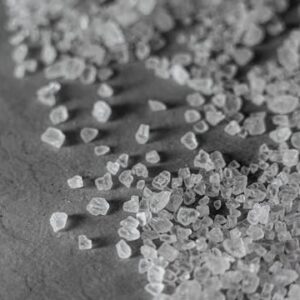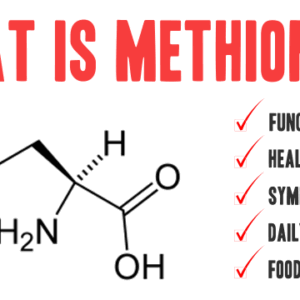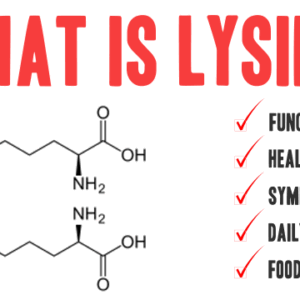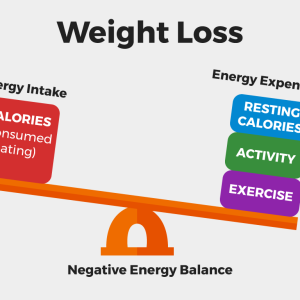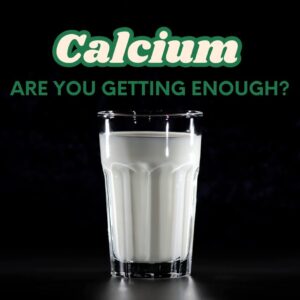What Is Phosphorus?
Phosphorus is the second most abundant mineral in the human body, after calcium. Approximately 85% of the body’s phosphorus is found in bones and teeth, while the rest plays a crucial role in energy production, pH balance, and cellular signaling.
As a structural component of DNA, RNA, ATP (adenosine triphosphate), and cell membranes, phosphorus is fundamental to life at the molecular level.
Functions of Phosphorus in the Body
1. Bone and Tooth Structure
Phosphorus combines with calcium to form hydroxyapatite, the mineral matrix that gives bones and teeth their rigidity. Proper calcium-to-phosphorus balance is essential for skeletal health.
2. Energy Production (ATP)
Phosphorus is a key component of ATP, the molecule that stores and delivers energy for virtually all cellular functions, including muscle contraction and enzyme activation.
3. Acid-Base Balance
Phosphorus acts as a buffer to help maintain normal pH levels in blood and tissues, especially during intense exercise.
4. Cell Membrane Integrity
As part of phospholipids, phosphorus contributes to the structure and function of every cell membrane in the body.
5. Nucleic Acid Synthesis
Phosphorus is integral to DNA and RNA, playing a critical role in gene expression, cell repair, and replication.
Recommended Daily Intake of Phosphorus
| Life Stage | Recommended Intake (RDA) |
|---|---|
| Children (1–8 years) | 460–500 mg/day |
| Adolescents (9–18 years) | 1,250 mg/day |
| Adults (19 years and older) | 700 mg/day |
| Pregnant/Lactating Women | 700–1,250 mg/day |
Source: Institute of Medicine (IOM)
Dietary Sources of Phosphorus
Phosphorus is abundant in a wide variety of foods:
Animal-Based Sources (High Bioavailability)
Meat (chicken, beef, turkey)
Fish (salmon, tuna, sardines)
Eggs
Dairy products (milk, cheese, yogurt)
Plant-Based Sources
Legumes (lentils, chickpeas, black beans)
Nuts and seeds (pumpkin seeds, sunflower seeds)
Whole grains (brown rice, oats, quinoa)
Note: Phosphorus in plant foods is mostly in the form of phytate, which is less bioavailable unless the food is soaked, sprouted, or fermented.
Phosphorus Deficiency: Causes and Symptoms
Causes:
Malnutrition
Chronic alcoholism
Long-term use of antacids or diuretics
Uncontrolled diabetes
Refeeding syndrome in malnourished individuals
Symptoms:
Muscle weakness
Fatigue
Bone pain or fragility
Numbness or tingling
Weak immune response
Irregular breathing
Severe deficiency can lead to rhabdomyolysis (muscle breakdown), osteomalacia, or impaired cardiac and neurological function.
Risks of Excess Phosphorus (Hyperphosphatemia)
While rare from diet alone, excessive phosphorus intake—often from processed foods or phosphate additives—can be harmful, especially in people with kidney disease.
Potential Risks Include:
Impaired calcium absorption
Increased risk of osteoporosis
Vascular calcification (hardening of arteries)
Hormonal imbalance affecting bone remodeling (via PTH)
The tolerable upper intake level (UL) for adults is 4,000 mg/day, though people with compromised kidney function may require significantly lower intakes.
Balancing Phosphorus and Calcium
Calcium and phosphorus must be consumed in appropriate ratios (approximately 1:1) to maintain bone health and metabolic function. High phosphorus intake with low calcium can lead to calcium leaching from bones, weakening the skeleton over time.
Who May Need Phosphorus Supplements?
Phosphorus supplements are rarely needed unless prescribed for:
Severe malnutrition
Genetic phosphate metabolism disorders
Very restrictive or low-protein diets
Medical refeeding protocols
Too much supplemental phosphorus should be avoided without medical supervision.
Conclusion
Phosphorus is a critical mineral for bone integrity, cellular energy, and metabolic balance. While deficiencies are rare in healthy individuals with balanced diets, overconsumption—especially from phosphate additives—can pose long-term health risks. Focus on whole, minimally processed foods and maintain adequate calcium intake to optimize phosphorus balance and overall health.
References:
Institute of Medicine (US). Dietary Reference Intakes for Calcium and Vitamin D. National Academies Press; 2011.
Calvo MS, Uribarri J. Contributions to total phosphorus intake: all sources considered. Seminars in Dialysis. 2013;26(1):54-61. https://doi.org/10.1111/sdi.12042
Razzaque MS. Phosphate toxicity: new insights into an old problem. Clinical Science. 2011;120(3):91-97.
Schmitt CP, Mehls O. The impact of phosphorus on the skeleton in chronic kidney disease. Pediatric Nephrology. 2005;20(4):462–470.




